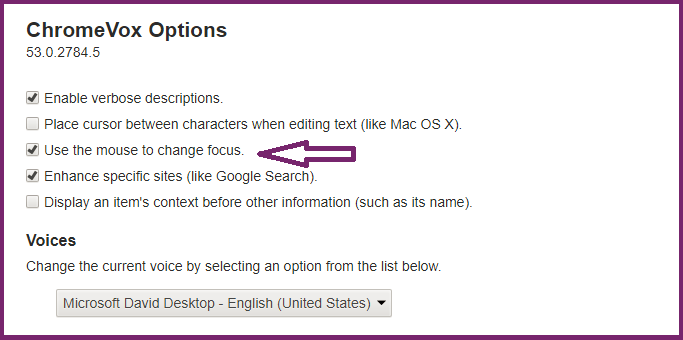
It’s high time for screen reader programmers to fix these problems, and to get some consistency across brands of screen readers, because right now it’s kind of a mess… and I’m just talking about text, typographic symbols, and static HTML here: the things that screen readers are supposed to excel at reading. These are problems with the screen reader software itself. It’s not the user’s fault, and it’s usually not the web developer’s fault either. If a screen reader fails to read important text, the user will fail to understand it. Sometimes that’s OK, but sometimes that’s really bad. Unfortunately, screen readers don’t always read what’s on the screen.

If there’s one thing a screen reader ought to do really well, it’s read what’s on the screen. That’s why they call them screen readers, right? You would think that screen reader software would have perfected the art of reading text by now, because that was the whole reason why screen readers were invented. Screen readers are designed to do one thing: read what’s on the screen. Version 18.Why Don’t Screen Readers Always Read What’s on the Screen? Part 1: Punctuation and Typographic Symbols As screen curtain functionality is included in NVDA as of 2019.3, this add-on is discontinued. IMPORTANT: this is a proof of concept add-on. You can also configure this setting while profiles other than normal configuration is active so you can use screen curtain while a profile is active (while using an app, for example). Check "use screen curtain" checkbox to enable screen curtain, uncheck to disable.


To ask NVDA to turn on screen curtain while using it, go to NVDA menu/Preferences/Settings/Screen curtain. When toggling this feature, NVDA will announce a status message, and in case screen curtain is active when NVDA starts, a tone will be heard. You can also assign a command to toggle screen curtain from everywhere. If the item is checked, screen curtain is active, otherwise it is off. To use this add-on, go to NVDA menu/Tools/Screen Curtain. This add-on brings NVDA Core issue 7857 to life: adding screen curtain functionality on Windows 8 and later.


 0 kommentar(er)
0 kommentar(er)
